We believe in professional growth of Physiotherapists with high technology!
Chandrayaan-3: India’s Triumph in Lunar Exploration and its Significance to Physiotherapy
In a monumental achievement, the Chandrayaan-3 Rover has successfully soft-landed on the moon. As the Ch-3 Rover ramped down from the Lander, India proudly took another walk on the lunar surface. This marks a significant milestone in India’s space exploration journey, showcasing the nation’s capabilities in advanced space technology.
The success of Chandrayaan-3 is a testament to the dedication, hard work, and expertise of the entire ISRO team and collaborators.
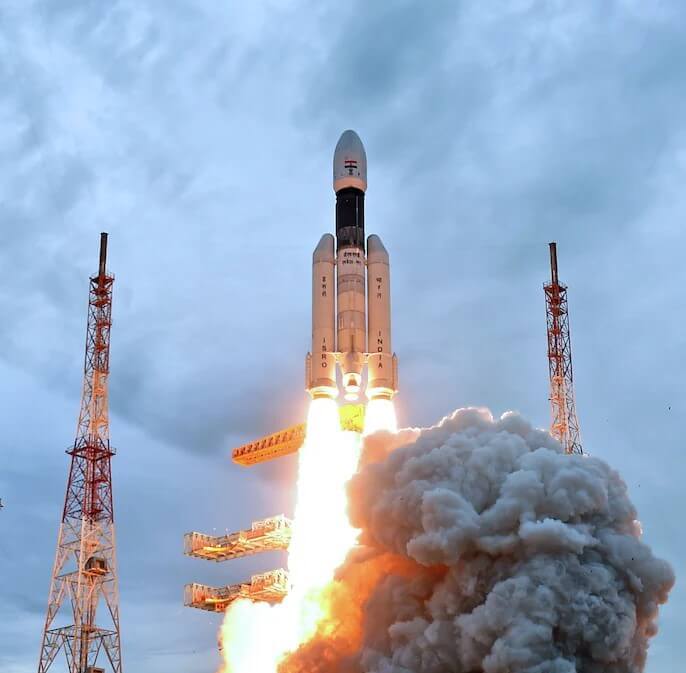
The Historic Landing
On August 23, 2023, the Indian Space Research Organization (ISRO) etched its name in the annals of space history. Chandrayaan-3’s braking engines ignited at an altitude of about 18 miles, initiating its descent to the lunar surface. After a series of calculated manoeuvres, the spacecraft touched down around 6:04 p.m. IST. Images captured post-landing showcased the spacecraft’s landing site, offering a glimpse of the lunar terrain.
Reactions and Implications
The successful landing was met with widespread jubilation. ISRO Chairman Shri Somanath proudly announced the achievement, emphasizing its significance for India’s space endeavours.
Indian Prime Minister Narendra Modi said on X “Historic day for India’s space sector. Congratulations to ISRO for the remarkable success of Chandrayaan-3 lunar mission,”. “Chandrayaan-3 scripts a new chapter in India’s space odyssey. It soars high, elevating the dreams and ambitions of every Indian. This momentous achievement is a testament to our scientists’ relentless dedication. I salute their spirit and ingenuity!”
Industrialist Anand Mahindra tweeted, “From the dawn of humankind we have gazed at the moon and let it work its magic on our minds. The moon turned us into dreamers. Today, magic & science merge and having the moon in our grasp will spark new dreams in the minds of 1.4 billion Indians. Jai Hind.”.
Former NASA official Mike Gold was quoted as saying by ANI. “It is amazing to have the success that Chandrayaan-3 had given the relatively little amount of resources that India has used, it is just a triumph of Indian innovation, human capital and the capabilities that will take India even further,”
Beyond the immediate scientific and technological implications, the Chandrayaan-3 mission holds potential relevance for various sectors, including healthcare
The mission’s achievements underscore several key points:
- Resilience and Determination: After the Chandrayaan-2 mission’s lander failed to make a soft landing in 2019, there were concerns and disappointments. However, ISRO’s determination to learn from past mistakes and push forward with Chandrayaan-3 speaks volumes about the agency’s resilience.
- Global Space Race: The successful landing and operation of the rover highlight India’s growing prowess in space exploration. With countries like the U.S., China, and Russia making strides in space, India’s achievements with Chandrayaan-3 solidify its position in the global space community.
- Scientific Potential: The lunar south pole, where Chandrayaan-3 is focused, is believed to have water ice. Understanding this region can offer insights into the moon’s history and potential resources for future missions, possibly paving the way for sustainable lunar exploration.
- Inspiration for Future Generations: The success of such missions serves as an inspiration for young minds in India and across the world. It sends a message that with determination, innovation, and collaboration, even the sky isn’t the limit.
- Collaborative Efforts: While the mission is a testament to India’s capabilities, it’s essential to note that space exploration is increasingly becoming a collaborative effort. The data and insights from Chandrayaan-3 will undoubtedly benefit the global scientific community.
- Healthcare Implications: The technologies developed and refined for space missions often find applications on Earth, especially in healthcare. Innovations in miniaturization, telemedicine, and diagnostic tools for space can revolutionize medical treatments and patient care back home.
Bridging Space Exploration and Physiotherapy
At first glance, space exploration and physiotherapy might seem worlds apart. One delves into the mysteries of the universe, while the other focuses on enhancing human health and mobility. However, as our understanding of space deepens, so does our realization of its potential impact on various sectors, including healthcare. The challenges and experiences of space missions, such as Chandrayaan-3, offer unique insights that can be harnessed to revolutionize physiotherapy. From understanding the effects of reduced gravity on the musculoskeletal system to developing innovative therapeutic techniques inspired by space technology, the convergence of these two fields promises to open new horizons for patient care and rehabilitation. This section delves into the intricate ways space exploration intersects with physiotherapy, highlighting the potential benefits and advancements that can arise from this synergy.
The Impact of Gravity on Musculoskeletal Health and Earth’s Electromagnetic Field
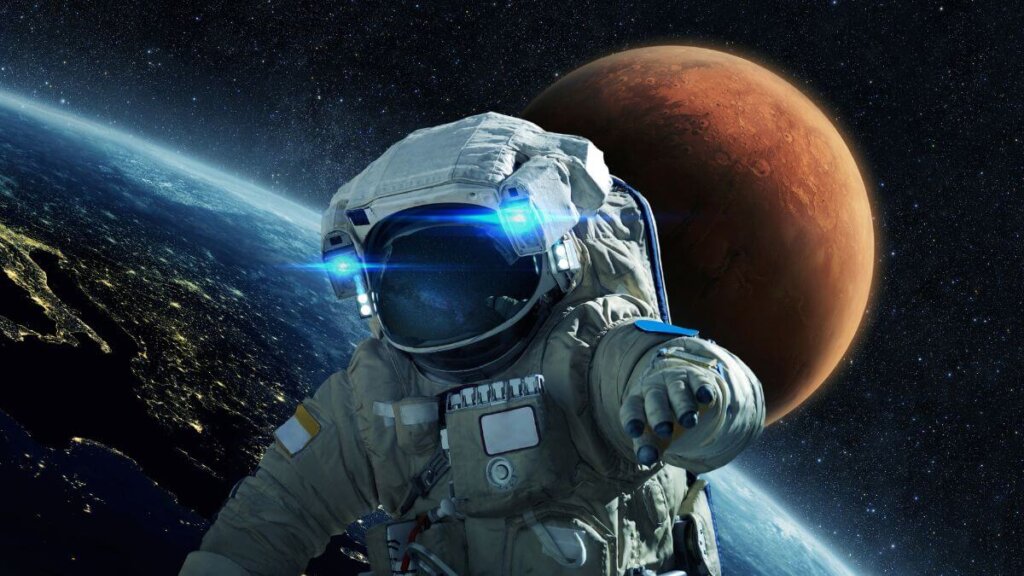
You’ve probably heard the age-old adage, “What goes up must come down.” It’s all thanks to gravity, that invisible force keeping us grounded. But have you ever pondered how gravity influences our musculoskeletal health? Let’s dive in.
Gravity plays a pivotal role in shaping our muscles and bones. It’s the constant resistance our bodies work against, day in and day out.
Every step you take, every move you make, gravity is there, challenging your muscles and bones.
Now, imagine a scenario with reduced gravity, like on the moon. Astronauts in such environments experience muscle atrophy and bone density loss. Why? Because the decreased gravitational force means less resistance for muscles and less stress on bones. Over time, this can lead to weakened muscles and fragile bones.
For physiotherapists, understanding this gravity-muscle-bone relationship is crucial. When astronauts return from space missions, they often require specialized physiotherapy to regain their muscle strength and bone density. But what does this mean for you, practicing in India?
Well, the insights from space can be applied right here on Earth. For patients with limited mobility or those who are bedridden, the effects can be similar to those experienced in reduced gravity environments. Their muscles and bones don’t get the usual workout against Earth’s gravitational pull. Recognizing this, you can devise strategies and exercises that mimic the challenges posed by gravity, ensuring that your patients get the best possible care.
Gravity isn’t the only force from our planet that plays a role in our health. Alongside it, Earth’s Electromagnetic Field (EMF) has a profound impact, especially at the cellular level.
You’ve likely felt the effects of gravity every day, from the pressure on your feet after a long walk to the resistance you feel when lifting weights. It’s a constant force, shaping our muscles and bones, challenging them to grow stronger.
While gravity is a tangible, almost palpable force, the EMF operates silently, influencing cellular health and function.
Earth’s EMF, a natural protective barrier against cosmic radiation, has been found to play a role in cellular health. Every cell in our body has its own electrical charge, and the EMF can influence cellular processes, including cell division and regeneration. This electromagnetic interaction is crucial for maintaining cellular balance and preventing diseases.
For physiotherapists like you, understanding the dual impact of gravity and EMF is essential. While gravity affects the macro structures like muscles and bones, the EMF has a subtler, micro-level influence. Patients exposed to altered or artificial electromagnetic fields, like those from excessive electronic device usage, might experience cellular imbalances. These imbalances can manifest as fatigue, pain, or even chronic conditions.
Integrating this knowledge into physiotherapy practices in India can be ground-breaking. By considering both gravitational and electromagnetic effects, you can offer a holistic approach to rehabilitation. Techniques like pulsed electromagnetic field therapy (PEMF) are already making waves in the therapeutic world, offering non-invasive treatments to restore cellular balance.
Furthermore, the insights from space missions, where astronauts are exposed to different gravitational and electromagnetic environments, can be invaluable. By studying their health and recovery patterns, you can adapt and innovate your therapeutic techniques.
In essence, the synergy of gravity and Earth’s EMF offers a comprehensive understanding of human health. By embracing this knowledge, you’re not only enhancing your practice but also pioneering a new frontier in physiotherapy, one that promises holistic health and well-being for your patients.
As we delve deeper into the intricacies of gravity and Earth’s electromagnetic influences, another pioneering realm emerges: space rehabilitation. With astronauts venturing into the vastness of space, the challenges they face upon return are unique and complex. Let’s explore how space rehabilitation is shaping up as a new frontier for physiotherapists.
Stay tuned for –
2) Space Rehabilitation: A New Frontier for Physiotherapists
3) Future Prospects & Advancements
4) Looking Ahead: The Next Steps for India in Space and Healthcare



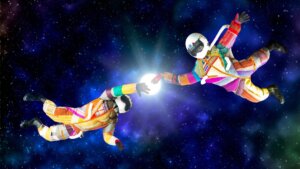


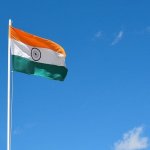
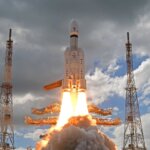
The EMF and the gravitational force are with us since we are borne. Its effects on our bones and muscles are so significant in our daily life which we realised now, reading this beautiful blog.. Thank you.